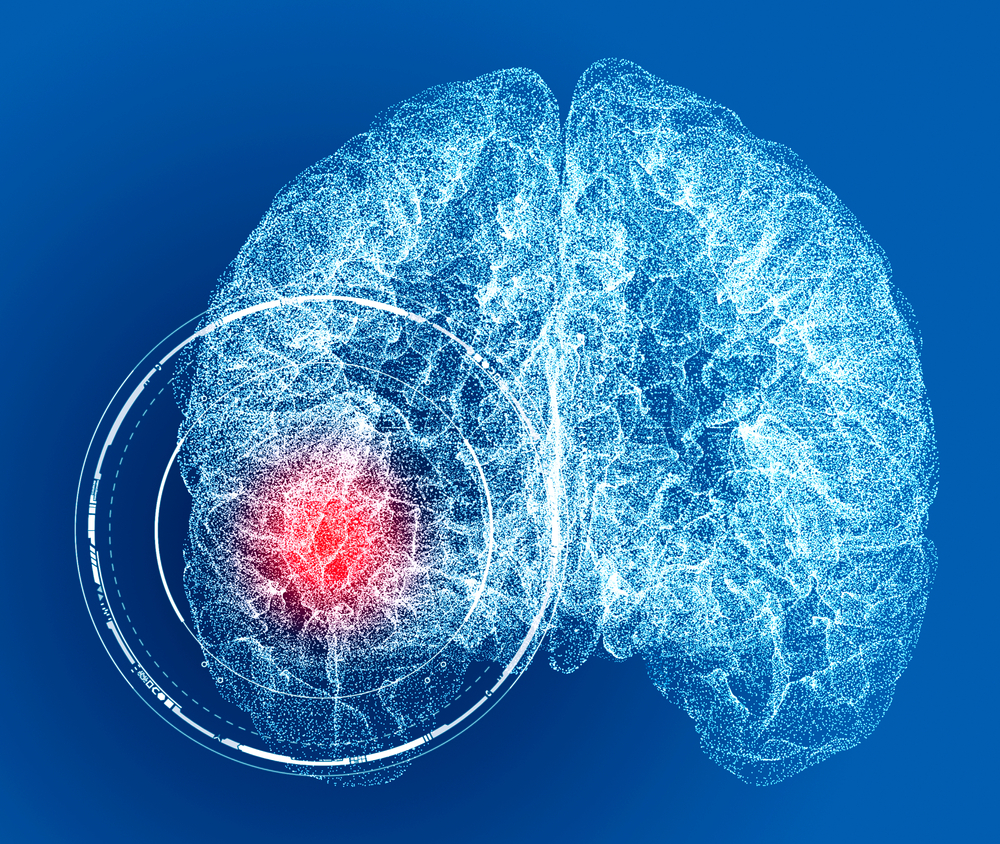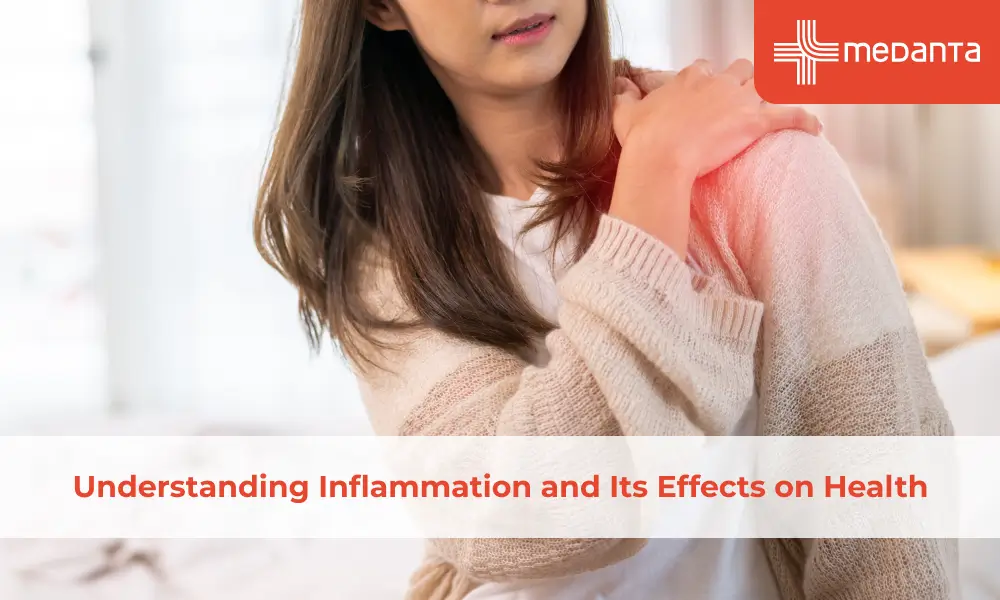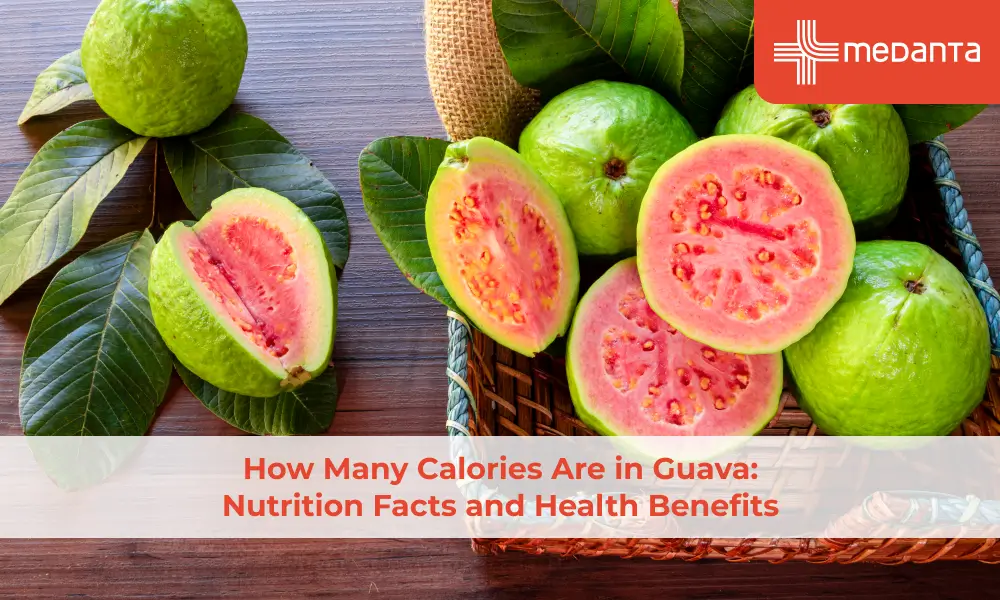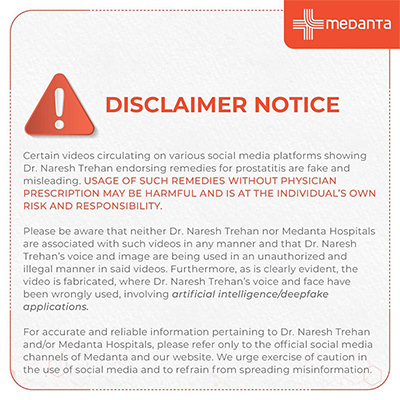Endovascular Repair - What to Expect, Do's & Don’ts ?

Aortic aneurysms are bulging, dilatation, or ballooning in the wall of a blood vessel, often an artery, that occurs as a result of weakening or degeneration in a section of the artery wall. The aneurysm expands like a balloon, stretching the artery walls so thinly that they cannot be stretched any more. Similar to when a balloon is overinflated, an aneurysm at this stage runs the danger of rupturing and resulting in a possibly deadly hemorrhage.
Your arteries are the vessels that carry nutrients and oxygen-rich blood to your body’s tissues. The aorta is the body’s biggest artery. It descends from your heart via the interiors of your belly and chest. The abdominal aorta is the name of the portion that passes through the abdomen. Your aorta’s walls are typically robust enough to withstand the force of your heart’s blood pressure. However, several medical conditions can harm the aorta's line. This can result in an aneurysm, which is often known as a balloon-like protrusion. An aneurysm may occasionally begin to divide or possibly explode. This can frequently lead to death.
Types of surgeries for abdominal aortic aneurysms:
Depending on the aneurysm’s size and location, your age, and your general health, a particular type of surgery may be performed. Options for abdominal aortic aneurysm surgery include:
Endovascular Repair: This treatment is frequently used for treating abdominal aortic aneurysms. A thin, flexible tube is gently guided to the aorta by a surgeon through a leg artery. At the location of the aneurysm, a metal mesh tube called a graft is attached to the catheter’s tip and inserted, inflated, and secured in place.
The graft reinforces the weaker area of the aorta to stop the aneurysm from rupturing.
Open Abdomen Surgery: In order to do this, the diseased section of the aorta must be removed and replaced with a graft that is sewn in. The complete recovery might take a month or longer.
Preparations for the procedure:
In order to prevent dramatic elevations in blood pressure, which can put additional strain on an aneurysm, a doctor would likely advise against heavy lifting and strenuous physical activity for patients with abdominal aortic aneurysms. Try to stay away from conflict and stressful circumstances since emotional stress can cause high blood pressure. Inform your doctor if you’re experiencing stress or anxiety so that you can develop the appropriate treatment strategy together. The preparations that are required for the operation should be discussed with your doctor.
● The technique will be explained to you by your healthcare practitioner. Request whatever information you require.
● You will be required to sign a consent document giving the go-ahead for the surgery. If anything on the form is unclear, thoroughly read it and then ask questions.
● Inform your healthcare practitioner of all the medications you use. This applies to all prescription drugs as well as over-the-counter medications like aspirin. Herbs, vitamins, and other supplements are also included. Prior to the procedure, it might be required to cease taking some medications, like blood thinners.
After the surgery:
You will stay in a recovery room for many hours following the treatment. Your medical team will keep an eye on your vital signs, including breathing and heart rate. You may need to lay flat for several hours following the surgery to help stop the bleeding. Depending on your health, you might need to stay at the hospital for a day or longer. You’ll learn more about What to expect from your healthcare practitioner.
Following the surgery, there can be some discomfort. Painkillers, prescribed by your doctor can be taken post the surgery. you can resume your regular diet as soon as you are able to Eat. Keep in mind that you have follow-up visits. After the operation, you might require routine imaging checks on your aneurysm. This will assist in ensuring that the stent is still in place. Your aorta bulging ought eventually to start to lessen over time. Work with your doctor to maintain the health of your blood vessels and ward off more aneurysms. This may entail giving up smoking and using blood pressure medications.






